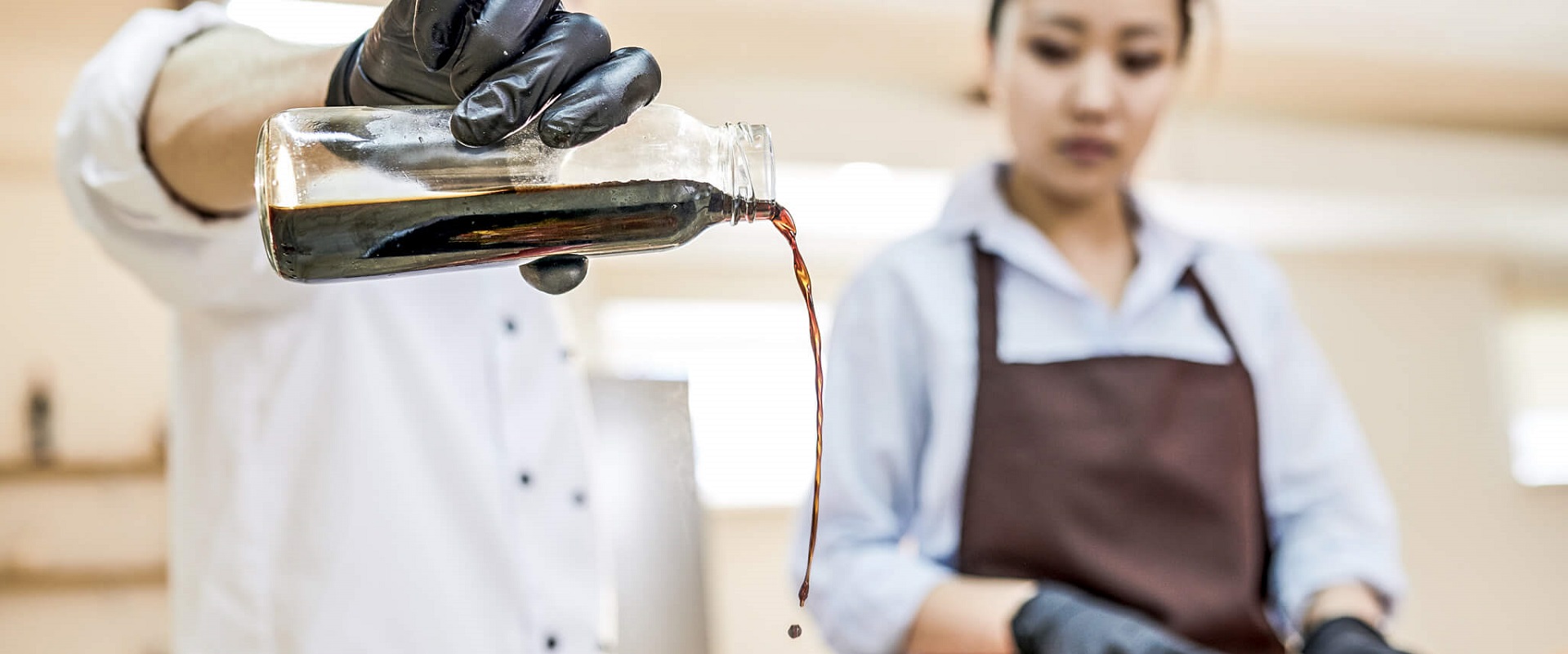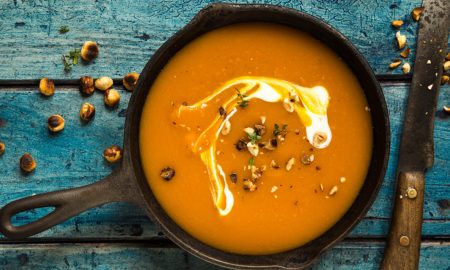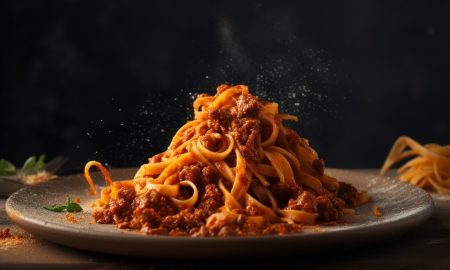The discovery
In 1907, Japanese professor Kikunae Ikeda discovered that he could not describe the taste of his seaweed broth simply by the terms sweet, salty, bitter, nor sour. He lacked a description for savoury, succulent, and aromatic. He therefore proposed the Japanese word “umami” as the name for this flavour. The Chinese call it “Xian-Wei”. A year later, he succeeded in isolating the substance responsible for this taste, the sodium salt of glutamic acid (monosodium glutamate, MSG for short).
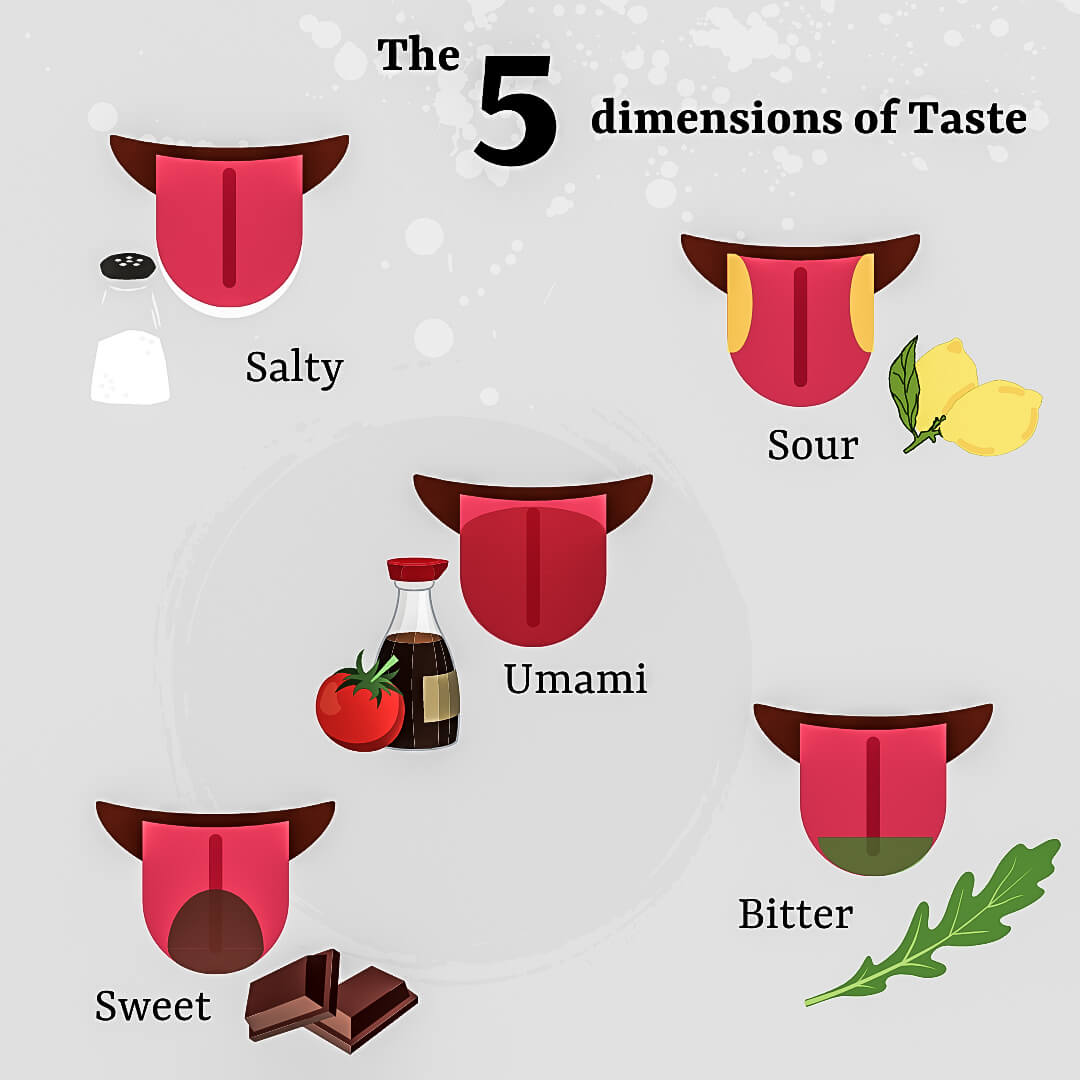
Image: KTCHNrebel
The human sense of taste on the tongue and in the throat can distinguish between different tastes. So if umami is to be a taste, humans must have a sensory receptor for that taste. 90 years later, this was identified by a team of researchers from the University of Miami.
Which food tastes umami?
We now know that MSG is responsible for thi specific taste. But what exactly is this molecule? Glutamate is the salt of glutamic acid, a non-essential amino acid found in many proteins, which is why it is found in many foods in extremely varying concentrations. When you compare milk and different types of cheese, you see that cheese is rich in MSG compared to milk. The reason for this is fermentation and aging. Through fermentation and aging, proteins are “denatured”, whereby the individual amino acids are released. The resulting food is therefore particularly rich in MSG and therefore very umami-rich. A prime example is soy sauce, which is produced by the fermentation of soybeans and is a veritable umami bomb. Some other molecules are also umami, mainly peptides.
During fermentation, the soybean glutamate is released. The resulting soysauce is an “taste bomb”!
Sieh dir diesen Beitrag auf Instagram an
In an exciting study to clarify the factors that lead to the success of dishes in a restaurant, a Dutch team has highlighted the role of umami. So how can you maximise this taste, without using industrially manufactured products of course? First of all, you should prefer ingredients that are naturally rich in glutamate. It’s important to remember that the umami taste is not necessarily Asian.
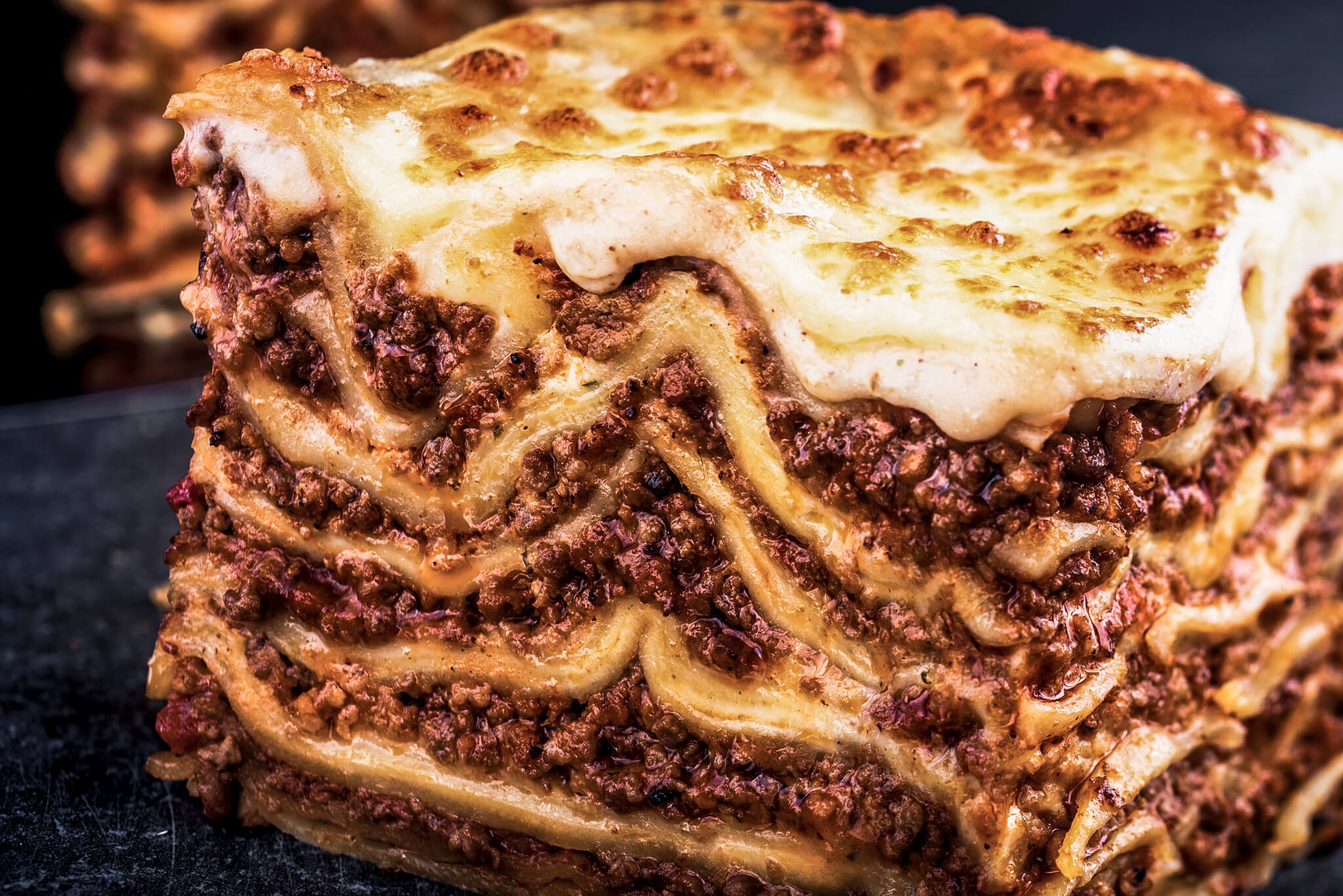
Not only common in Asian cuisine – Lasagne, however, is also an reference, mainly because of the tomatoes andparmesan | Image: RATIONAL
For example, celebrity chef Heston Blumenthal conducted a study in collaboration with Reading University. The scientists compared 14 types of tomato and found out which has the highest umami potential. Similarly, parmesan or prosciutto are very much characterised by umami. And if you prefer to drink umami, get sake taru (Japanese alcoholic drink) or matcha tea!
Sieh dir diesen Beitrag auf Instagram an
But the cooking method also plays a major role. Thomas Hofmann from the Technical University of Munich has shown that several molecules produced in the Maillard reaction are umami, such as the renowned alapyridaine. Specifically, this means that browning food makes it a little more umami. Japanese researchers have also shown that a dish with scallops and chicken thighs contained much more umami if the two components were cooked together and not separately. When cooked, the molecules of one react with some molecules of the other to form umami-like compounds.
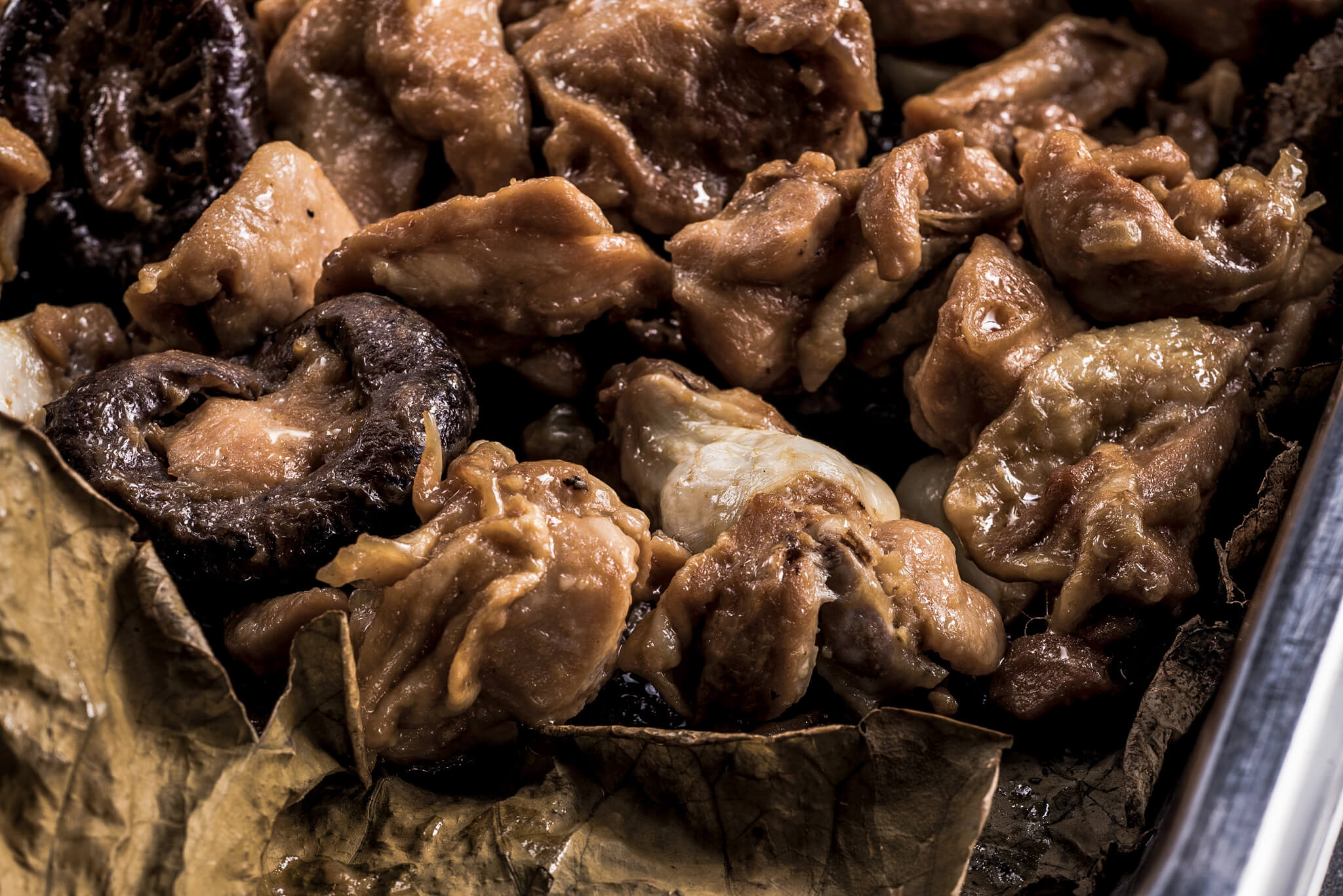
Mushrooms are rich in umami—shiitake even more so | Image: RATIONAL
Let us now imagine that we take a food containing umami (e.g. mushrooms) and boil it in water for several minutes. The umami molecules are dissolved and transfer to the water. The resulting solution is then rich in umami. This is the reason why chicken or seaweed broth tastes so intense.
Thank you to Dr. Grégory Schmauch and the Cooking Research team from RATIONAL F&E GmbH for this exciting insight into the topic.


